What characteristics will this machine have and how will other leading aviation countries respond?
The Chinese J-36 aircraft, which recently began testing near the city of Chengdu, is a missile bomber, not a sixth-generation fighter, as the world media dubbed it. The experts told Izvestia about this after a thorough study of the video. In their opinion, the machine's specialization is indicated by its size and layout. And another Chinese aircraft, spotted a little later near the city of Shenyang, has the dimensions of a twin-engine stealth fighter. Several countries are currently working on sixth-generation machines. About what promising developments exist in Russia, as well as about the directions of development of military aviation in the coming years, see the Izvestia article.
A bomber, not a fighter
China is working on two next-generation aircraft projects at once. On December 26, 2024, Chengdu, Sichuan Province, where Chengdu Aircraft Corporation is headquartered, saw the first test flight of a new aircraft. Next, another flying prototype of a different type was captured on video by eyewitnesses in the Shenyang city area. The first aircraft was informally named J-36, based on the number on the fuselage "3601", although in reality the aircraft may not be J-36 ("fighter"), but J/ H-36 or even H-36 ("bomber").
China traditionally does not disclose any details or characteristics of new military equipment and does not comment on the purpose and capabilities of new aircraft.
"The J—36 from Chengdu is a supersonic multipurpose or attack aircraft made according to the flying wing aerodynamic scheme," Dmitry Kornev, editor of the MilitaryRussia website, told Izvestia. — This scheme, combined with a triangular wing with a large sweep, will provide the aircraft with high supersonic speed and sufficiently spacious compartments for weapons. The absence of a keel and protruding surfaces provide it with low radar visibility. Deflectable ailerons are used for flight control — surfaces on the trailing edge of the wing.
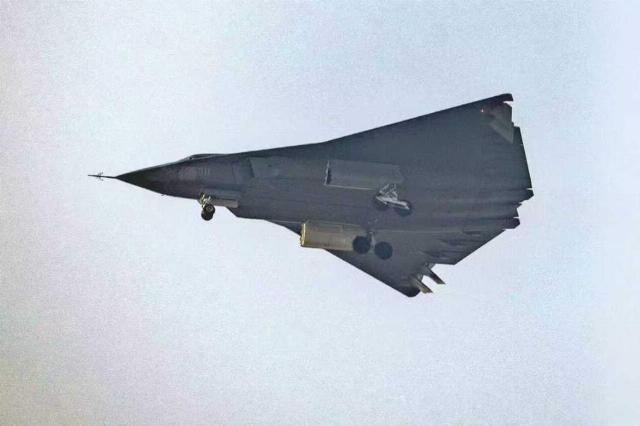
Photo: x.com
Image source: iz.ru
The advanced and unusual design is complemented by the placement of three turbojet engines on the aircraft, which are assembled into one package in the central part of the fuselage, the expert noted.
— Two engine air intakes are located on the sides of the aircraft body, and the third one is on top, behind the cockpit, — Dmitry Kornev specified. — In this sense, the aircraft has no analogues in modern aviation. The overall size of the aircraft suggests that the aircraft may have a range of several thousand kilometers and is most likely designed to perform strike operations, but it will certainly carry air—to-air missiles.
The strike purpose of the aircraft is also justified by the fact that China needs to replace the N-6 veteran bomber, which is a modernized Soviet Tu-16 aircraft developed in the 1950s, Kornev believes.
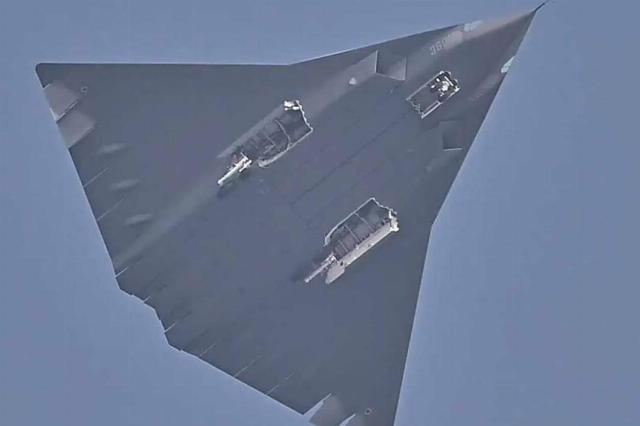
Photo: x.com
Image source: iz.ru
— And it is precisely the appearance of a modern medium-range strike aircraft that would allow the PLA Air Force to confidently control all the maritime spaces adjacent to China. So, most likely, we are not looking at a prototype of a sixth-generation fighter, as many media outlets immediately decided, but a prototype of a new Chinese bomber—missile carrier, the expert is sure.
Another Chinese new aircraft from the city of Shenyang has all the features and dimensions of a twin-engine stealth fighter. It is also made according to the "flying wing" aerodynamic scheme, combined with the absence of a vertical tail. This, as well as the shape of the wing, ensures low radar visibility. The armament compartment is located in the fuselage, and the engines have flat nozzles. This is done again to reduce the visibility of the aircraft in the radar and infrared ranges.
"The new fighter looks quite unusual, but it may turn out to be a relatively effective combat vehicle that can belong to both the fifth and next generations," Dmitry Kornev noted.
Sixth generation
In order for the aircraft to match the sixth generation, it is necessary to maintain certain parameters. It is believed that they should be effective at any speed — from knock to supersound, change their shape if necessary, have a "smart" skin that contains many sensors that form an information picture about the condition of the aircraft itself, as well as what is happening around.
Also, such combat vehicles should have new intellectual capabilities with integration into the information picture of a modern combat operation. And, of course, 6th generation fighters can be unmanned: piloting is an optional feature.
— Reality, of course, will make its own adjustments to the theoretical studies, and therefore the division of aircraft into generations is purely conditional, — said Dmitry Kornev. — A good example of generational conditionality was the statement by US President Donald Trump on March 21, 2025, that the United States had created a promising sixth-generation fighter aircraft under the Boeing Corporation's Next Generation Air Dominance (NGAD) F-47 program.
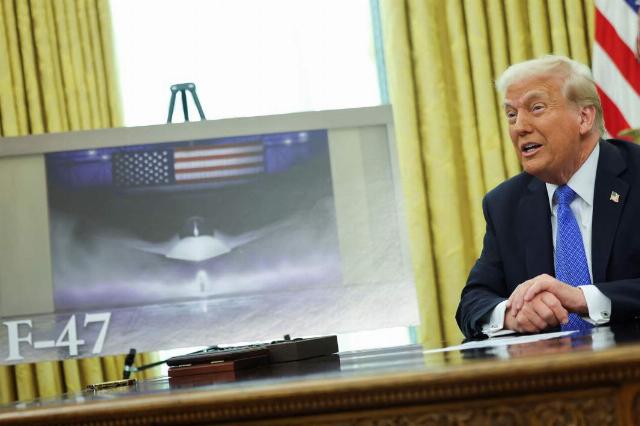
Photo: REUTERS/Carlos Barria
Image source: iz.ru
It was stated that since 2020, several prototypes of new fighters have already been tested under the NGAG program, and, of course, no details have been provided on their characteristics and compliance with the requirements for the new sixth generation.
Based on the extensive experience of the United States in creating modern aircraft, it can be assumed that the new aircraft will have even more advanced stealth characteristics. And, it is likely that its main purpose will be to gain air supremacy, experts say.
— If so, then the new F-47 will replace the F-22 Raptor fighters, and this process will begin in the early 2030s. — Dmitry Kornev told. — It's too early to judge the characteristics and actual combat capabilities of the new aircraft: traditionally, we see mostly slogans in statements to the press and the public.
Russian projects
The world's leading aviation powers are creating new combat vehicles and steadily developing their combat aircraft. This poses absolutely clear tasks for the Russian aviation industry. And work is already underway.
Further development and increase in serial production of fifth-generation Su-57 fighters is already underway. Tests of a bundle of Su-57s with modern Hunter-type drones in combat conditions are underway.
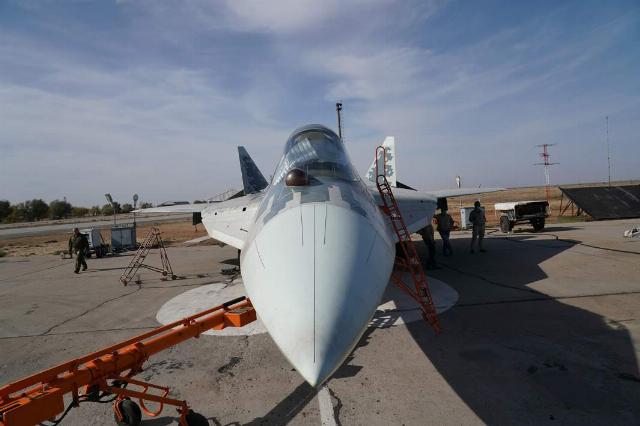
Photo: IZVESTIA/Dmitry Korotaev
Image source: iz.ru
"It is likely that we will also be testing new weapons systems for this aircraft," Dmitry Kornev notes. — We are waiting for the Su-75 light fighter to be tested and put into mass production, which should include the features of the sixth generation machine. With state-of-the-art electronics and the Su-75 engine, it immediately sets a certain foundation for the future and will allow it to reach generations 5+ and beyond.
In addition, a long-range interceptor fighter upgrade program is currently being developed — a new aircraft is expected to replace the MiG-31.
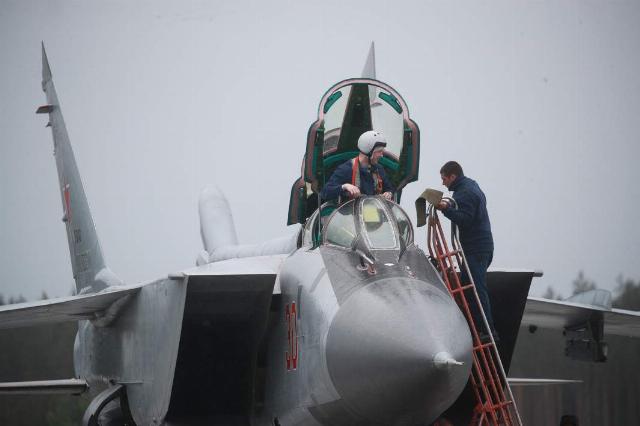
Photo: IZVESTIA/Zurab Javakhadze
Image source: iz.ru
Finally, we are waiting for the release of the new PAK DA strategic missile carrier (a promising long-range aviation complex), which will replace both the Tu-95MS and Tu-22M3 in the future.
"The rich scientific and technical potential of the Russian aviation industry makes it possible to say with confidence that new—generation aircraft are already in operation in our design bureaus," Dmitry Kornev notes.
The expert is sure that we will definitely see new planes when everything is ready.
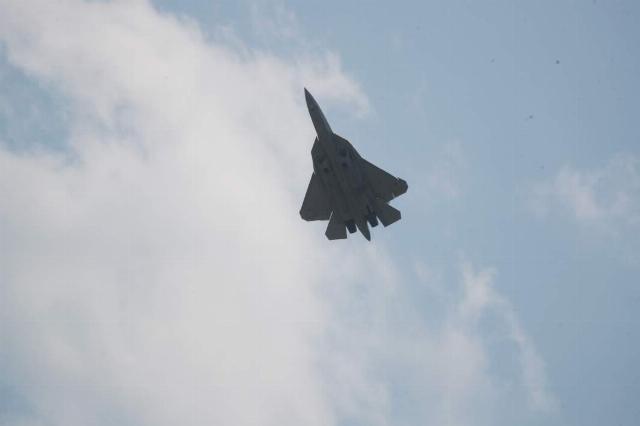
Photo: IZVESTIA/Zurab Javakhadze
Image Source: iz.ru
The creation of such machines is important, as it will ensure the advantage of the Air Force of a country over others, Honored Test pilot Hero of Russia Igor Malikov told Izvestia.
"Sixth—generation aircraft should be robots with "brains" that will be powered by artificial intelligence,— he said. — They need to unload the pilots, allowing them to focus on the most important things, only this will significantly increase the efficiency of the machines. Unmanned versions of such aircraft are also possible. So far, this is a concept, a kind of ideal to strive for. But we don't know what will happen in the end.
We can definitely say that in the course of work on the sixth-generation aircraft, new breakthrough technologies will appear that will have an impact on the development of aviation, and we cannot stand still so as not to become laggards, the expert summed up.
Bogdan Stepovoy
Andrey Fedorov



